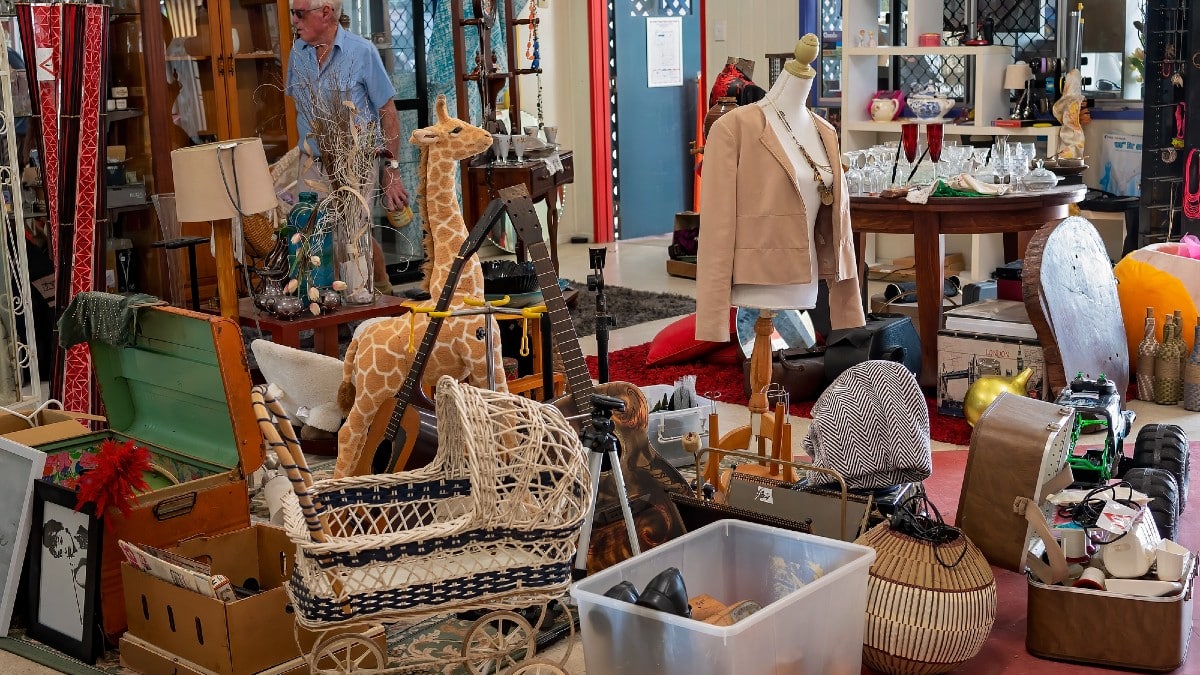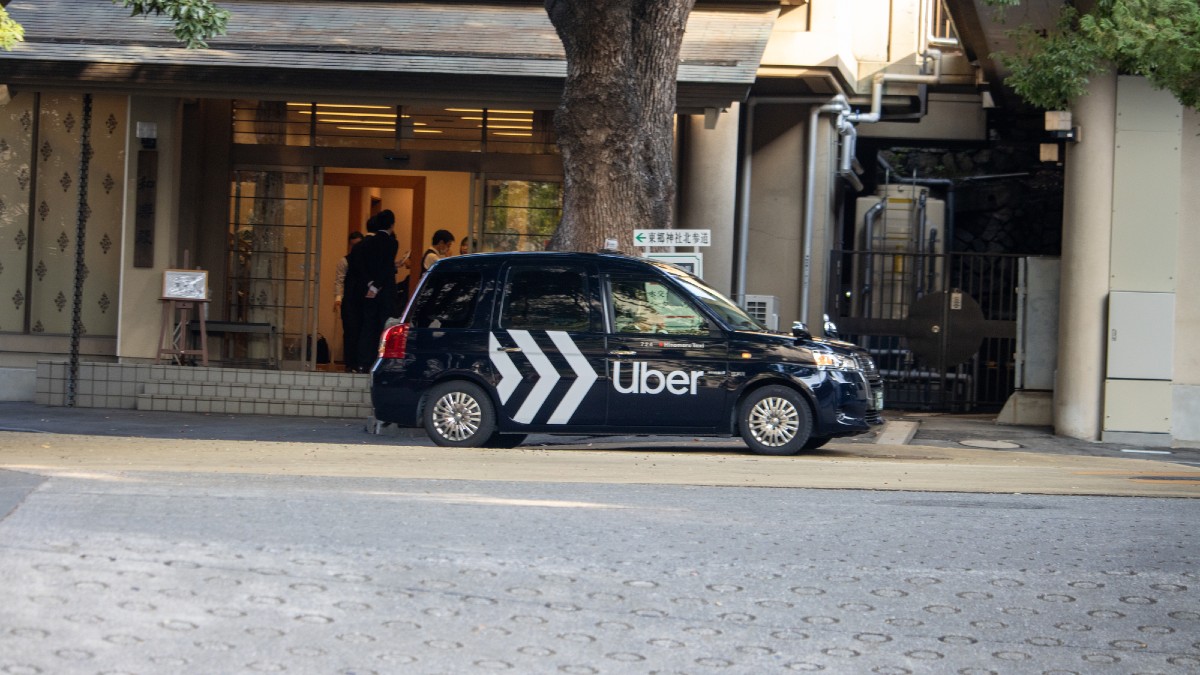In a world teeming with temptations, from online shopping sprees to the latest tech gadgets, millennials face a myriad of financial pitfalls. Far beyond the cliché of high-priced coffee habits, the real culprits are often subtler, lurking in unnoticed subscriptions and the seductive ease of digital transactions. It’s a journey through financial quicksands, but with a map in hand, navigating toward solid ground is within reach.
1. Digital Impulse Buys

The convenience of one-click buying transforms fleeting desires into immediate purchases. This ease leads to accumulating items that, in hindsight, are as useful as a screen door on a submarine.
However, in 2023, there has been a notable shift, with 38% of US adults reducing their impulse spending. The average number of impulse purchases per month has halved from twelve in 2022 to six in 2023, and the average amount spent impulsively per month has decreased to $151.
2. Subscription Seduction

Those monthly subscriptions start as a novelty, a little treat to oneself. Soon, they multiply, forgotten yet steadily nibbling away at bank balances. The unchecked rise of subscription costs is a relentless tide eroding the financial stability of American consumers, with the average household juggling around 12 active subscriptions, amounting to approximately $640 per year.
This growth in subscription costs has outpaced the S&P 500, highlighting the significant financial impact on consumer spending. It’s like planting seeds that grow into money-eating trees.
3. The Fear of Missing Out (FOMO) Investments

Riding the wave of investment trends without understanding the surf can crash one’s financial stability. While the data on FOMO investments is not directly provided in the sources, the decrease in impulse purchases due to FOMO from 67% to 35% suggests that consumers are becoming more cautious and less driven by the fear of missing out.
4. Brand Loyalty Overkill

A deep-seated belief in a brand can sometimes blind one to equally good, or better, alternatives. It’s like walking the same path daily, unaware of the shortcuts. Brand loyalty can lead to overpaying for items based on the name rather than the actual value.
Research alternatives, compare prices, and try generic brands, which sometimes use the same manufacturers as name brands. Sign up for store loyalty programs and make the most of sales and coupons.
5. Eating Out Often

The lure of convenience overshadows the hefty price tag attached to dining out. Cooking at home has become an art form lost to the convenience of takeout. Restaurant meals are generally more expensive than home-cooked ones, with added costs like tips and drinks.
Meal prepping and batch cooking can significantly reduce food costs. Brown-bagging lunch and enjoying affordable options for socializing save money without sacrificing good food.
6. Ignoring Credit Scores

Overlooking this financial heartbeat can lead to higher costs down the line.Nearly 70% of millennials have a credit card, and more than half routinely carry a balance or use cash advances as an emergency fund. It’s as if one’s financial health depends on a silent, but critical, number.
7. Not Saving for Emergencies

Life’s unpredictability isn’t a question of if, but when. Without a safety net, minor mishaps become major financial hurdles. Unexpected expenses like a car breakdown or medical bills can derail finances without a cushion. Set up an automatic transfer into a dedicated emergency fund. Aim for at least 3-6 months of living expenses as a safety net.
8. Overlooking Second-Hand

The stigma around second-hand items often overlooks their value and sustainability. It’s like ignoring a diamond in the rough, undervaluing its worth. Thrift stores, online marketplaces, and consignment shops offer amazing finds at lower prices. Not only is this financially savvy, but it also reduces waste and supports a circular economy. Patience and a good eye can uncover gently used items across categories like clothing, furniture, and electronics.
9. The Minimum Payment Trap

Paying the bare minimum on debts is a slow bleed for financial health, allowing interest to turn a molehill of debt into a mountain. Paying just the minimum on credit cards leads to a revolving door of debt. High-interest rates make it difficult to make significant progress.
Always aim to pay more than the minimum. Create a debt repayment plan that tackles high-interest balances first.
10. Underestimating Insurance

Skimping on insurance is like skipping a helmet on a bike ride—risky. Adequate coverage acts as a cushion against life’s hard knocks. While insurance premiums might seem like another expense, they offer a lifeline against major losses. It’s vital to have adequate health, renter’s/homeowner’s, and liability insurance. Compare quotes and tailor your policies to fit your individual needs.
11. Ignoring Retirement Planning

Procrastination on retirement savings is like waiting to start a journey until dusk. A study by the Economic Policy Institute reveals a stark reality: the median retirement savings for all working-age families in the United States is a meager $5,000.
This is particularly concerning given that experts from Fidelity recommend aiming to save at least 15% of your income annually for retirement. The earlier the start, the smoother the journey.
12. Fancy Tech Syndrome

The allure of the latest tech can drain wallets quickly, especially when last year’s model often works just as well. It’s chasing a high that fades with the next release.
13. The Convenience of Ride-Sharing

Relying on ride-sharing apps for daily commutes can quietly consume a budget, making public transportation or cycling more wallet-friendly and healthy alternatives.
14. Chasing Lifestyle Inflation

Increasing spending with every salary hike is a treadmill of dissatisfaction. True financial growth lies in widening the gap between earning and spending.
15. Neglecting Financial Education

The lack of financial knowledge is akin to sailing without a compass. Empowerment comes through learning and turning challenges into opportunities for growth.
50 Super Simple Side Hustle Ideas

50 Super Simple Side Hustle Ideas (& How to Make Them Work)
10 Frugal Lessons I Learned From Being Flat Out Broke

10 Frugal Lessons I Learned From Being Flat Out Broke
Creative Ways To Make Money

20 Easy Ways to Raise A Credit Score Fast

Read More: 20 Easy Ways to Raise A Credit Score Fast
Frugal Living Tips: The Essential Guide To Start Saving Money

Frugal Living Tips: The Essential Guide To Start Saving Money


 Get more stories from Bento Bucks on money hacks and trending money news!
Get more stories from Bento Bucks on money hacks and trending money news!